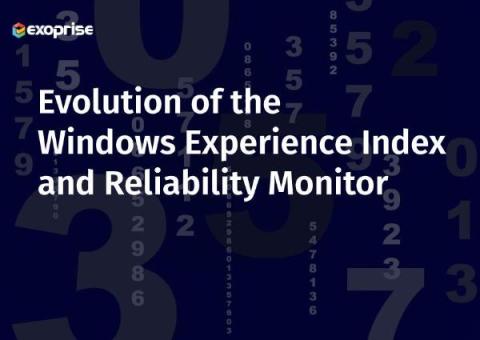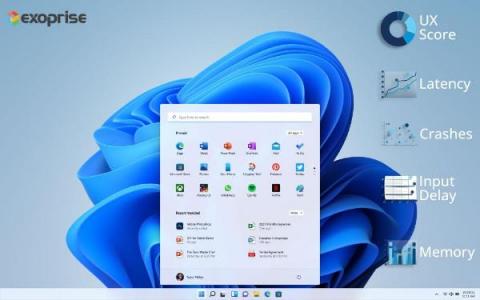Teams | Collaboration | Customer Service | Project Management
Windows
Evolution of The Windows Experience Index and Reliability Monitor
As technology advances, operating systems play a vital role in providing a seamless user experience. Microsoft’s Windows OS has been at the forefront, constantly introducing innovative features over time. Two features related to improving the end-user digital experience are the Windows Experience Index (WEI) and Reliability Monitor. These measurements have become instrumental to Digital Experience Monitoring (DEM) in assessing system capabilities and measuring stability.
7 Windows Productivity Tips you Can't Live Without
Windows 11 Upgrade? Try Digital Experience Monitoring
It feels like yesterday but believe it or not; it’s been over six months since Windows 11 was officially launched in the market. To be precise, the operating system came out on October 5, 2021. Compared to Windows 10, Windows 11 is packed with enhanced security features and provides faster access to services you already use, such as Microsoft Teams, Skype, the (new) Edge browser, and more. Most importantly, the OS centers on hybrid work and digital experience to empower remote learning.
7 Best Time Clock Software for Windows 10
Statistics collected over the past 10 years paint a clear picture: Windows has always been the most popular operating system across a variety of devices, including personal computers, tablets, and consoles. And, for more than one reason! Windows has always stood out from the competition thanks to an easy-to-use interface and unparalleled compatibility with a wealth of other apps and software.






